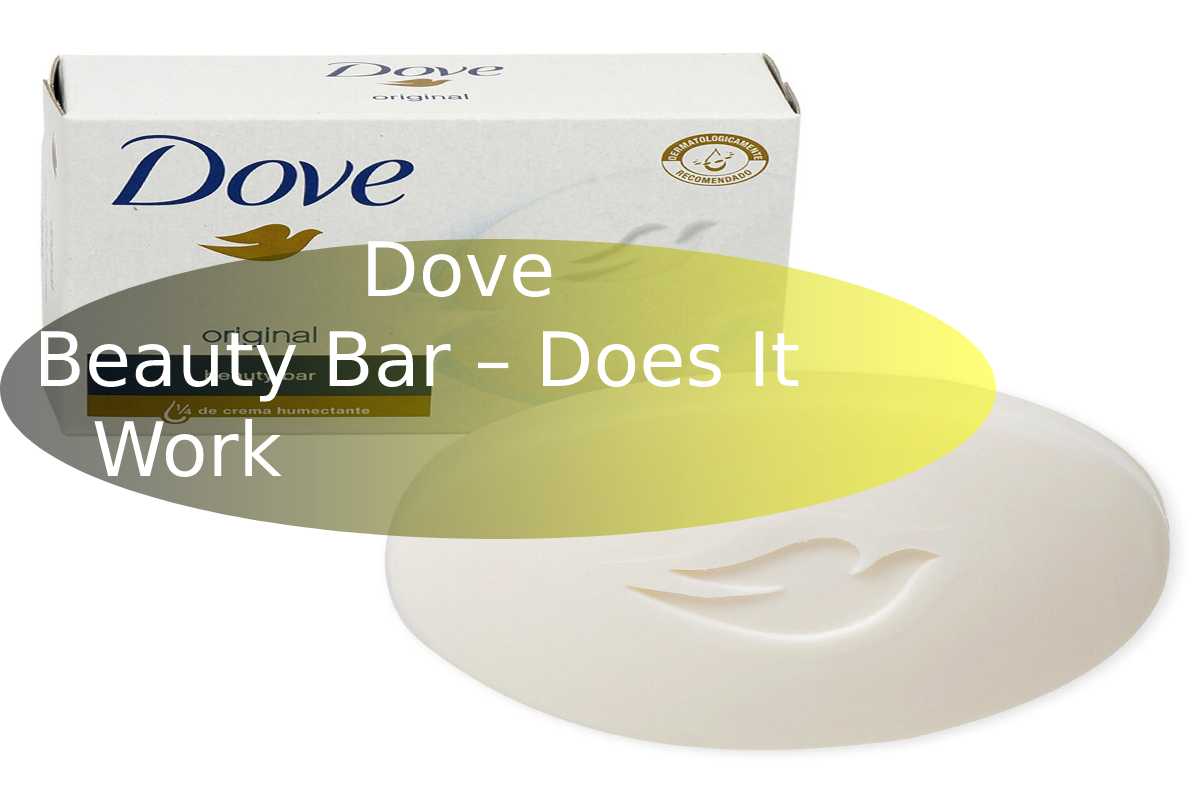Table of Contents
Dove Beauty Bar
Used for skin that looks soft, smooth, and radiant, turn to Dove Beauty Bar. With ¼ moisturizing cream, it goes beyond cleansing and nourishing as it washes away the day.
The secret to beautiful skin is moisture, and no other bar hydrates skin better than a Dove bar. That’s because Dove isn’t a soap. It’s a beauty bar.
Though ordinary soaps can strip skin of essential nutrients, Dove Beauty Bar has gentle cleansers to care for skin as it cleanses.
With our ¼ moisturizing cream, Dove Beauty Bar leaves your face and body feeling soft, smooth, and more radiant than ordinary soap. So you can see why we call it the Beauty Bar.
How does it work?
Its specific formulation sets Dove Beauty Cream bar apart from other soaps. However, in general, soaps are known to strip the skin of its essential lipids and balance the skin’s pH.
On the other hand, the Dove’s Beauty Bar contains a quarter of moisturizing cream to prevent dryness and flaking.
By combining moisturizing elements and gentle cleansers in its formula, Dove Beauty Bar is said to make skin softer and smoother.
It has been the objective of marketing this product. First, however, it is essential to look closely at the list of ingredients to know if its components meet the expectations set by the brand. Below is a summary of all the elements in this bar and their function on the skin.
1. Sodium Lauroyl Isethionate (SLI)
Function: SLI, also named sodium cocoyl isethionate (SCI) or sodium isethionate, is a surfactant or detergent used in products to add cleaning properties.
Safety and Toxicity: Distinct from other surfactants, SLI is a slight cleansing agent and less likely to damage skin lipids. It is considered safe for cosmetic products but is subject to dosage limitations. According to EGW, there is no carcinogenic data related to this ingredient.
Skin Irritation: Though considered a mild cleanser, SLI is still a surfactant and may cause dryness and minor skin irritation. Surfactants cleanse the skin by attracting and trapping oil and other impurities in the micelles. But unfortunately, they do not make a difference with the sebum on the skin, which ends up being removed and causes a disruption of the skin barrier.
2. Stearic acid
Function: Stearic acid is mainly used as a cleaning agent in soap. However, it is also used to modify the texture of soap to create a more rigid bar.
Safety and Toxicity: Here, the Cosmetic Ingredient Review Expert Panel declares it safe in its current use in the cosmetic industry.
Skin Irritation: Stearic acid is listed by EWG as a low priority for human health. However, studies have shown it to be a mild skin irritant and allergen sensitizer.
3. Sodium palmitate
Function: Surfactant derived from palmitic acid. It is used to break the surface tension of the oil on the skin to wash it off. Here it also acts as a skin protectant and skin conditioning agent.
Safety and Toxicity: The Cosmetic Ingredient Review Panel (CIR) has classified it as safe in its current use in the cosmetic industry. Here is no indication of toxicity when used in the correct dosages.
Skin Irritation: Sodium palmitate has an EWG score of 1. It means that it is not likely to be a skin irritant. But as is familiar with surfactants, it can have some side effects. For example, prolonged exposure or high concentrations may cause skin swelling, dryness, or chafing.
